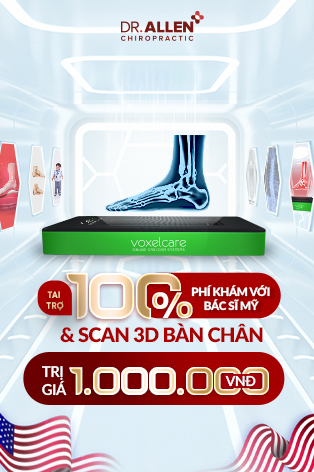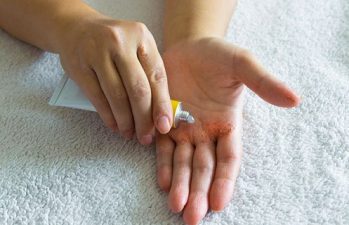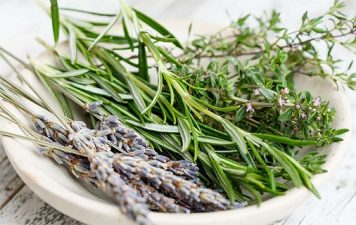Scoliosis, a medical condition characterized by a sideways curvature of the spine, affects a considerable number of people across different age groups, from juveniles to adults. A diagnosis can lead to many questions, predominantly revolving around the best treatment for scoliosis. In this guide, we shall delve into various facets of scoliosis treatment, highlighting the best strategies and shedding light on how to find specialists near you.
Best Treatment for Scoliosis
Determining the “best” treatment can be quite subjective as it largely depends on individual circumstances such as the age of the patient, the severity of the curvature, and its underlying cause. Treatment options vary extensively and might include:
- Observation
- Physical therapy
- Bracing
- Surgery
Non-Surgical Scoliosis Treatment
Non-surgical interventions form a substantial part of scoliosis management, offering various treatment avenues such as:
- Physical Therapy: Incorporating exercises to strengthen the muscles supporting the spine.
- Bracing: Particularly in growing children, to prevent further curvature progression.
- Scoliosis Massage Treatment: Tailored massages can sometimes help in relieving pain and discomfort associated with scoliosis.
Three Dimensional Treatment for Scoliosis
A revolutionary approach in scoliosis care, the three-dimensional treatment focuses on a holistic perspective, attending not only to the spine but also to the surrounding musculature. This method involves:
- 3D Bracing: Customized braces designed to work in three planes: sagittal, coronal, and axial.
- Exercise Regimens: Specific exercises targeting three-dimensional correction.
- Specialized Treatment Approaches
Depending on the type and onset of scoliosis, the treatment can be categorized into:
- Congenital Scoliosis Treatment: This involves managing scoliosis present at birth, often necessitating a multidisciplinary approach involving regular monitoring and possibly surgery.
- Idiopathic Scoliosis Treatment: Predominantly seen in adolescents, the treatment strategy might range from observation to surgical intervention based on the progression rate and curve magnitude.
- Juvenile Scoliosis Treatment: In young children, early intervention with bracing can often be beneficial, accompanied by regular monitoring to track progression.
- Scoliosis Treatment in Teenagers: As teenagers are in a rapid growth phase, treatments such as bracing and physical therapy often become primary strategies.
- Treatment for Scoliosis in Adults: In adults, the focus shifts to managing symptoms and preventing further deterioration. Treatments might include pain management, physical therapy, and sometimes surgery.
Finding the Right Specialist
While seeking treatment, finding a specialist with expertise in managing scoliosis is crucial. To find “doctors who treat scoliosis in adults near me,” consider:
- Referrals: Asking for referrals from your primary care physician.
- Online Directories: Utilizing online directories and hospital websites to find specialists in your area.
- Reviews and Testimonials: Checking reviews and testimonials to understand other patients’ experiences.
Conclusion
As we unravel the complexities of scoliosis treatment, it becomes evident that a multi-faceted approach, often individualized, holds the key to managing this condition effectively. From non-surgical interventions to specialized approaches catering to various age groups and scoliosis types, a realm of treatment avenues opens up, paving the way towards better management and improved quality of life for individuals with scoliosis.
Remember, early detection and the right treatment strategy, formulated with the guidance of a specialist, can be instrumental in navigating the journey with scoliosis with resilience and hope.










